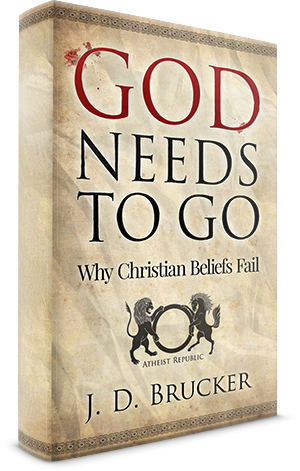
Most worshiping Americans probably don’t think of their religious institution as a place of business, but these organizations face many of the same problems as small companies – such as possible failure. Like many American small businesses, churches across the nation are going belly up at a rate of 1 percent, while megachurches – or churches that see at least 2,000 people each week – are growing at a rate of 8 percent.
If the regular-sized churches can be compared to small businesses, than megachurches are the corporations of the worshipping world. In fact, many have criticized these organizations for using corporate techniques to create an empirical hold on the religious market.
Because churches have tax exempt status in the U.S., American megachurches are exempt for $7.2 billion a year. That kind of cash flow has given way to mini-mall like complexes in which worshipers can enjoy gyms, shopping facilities, arcades, and even their own Starbucks.
Perhaps unsurprisingly, the average megachurch is headed by a charismatic figure who is something of a celebrity among believers. Many of these lucrative churches are Evangelical, suburban, white, and located in the American South. Over the past decade, the amount of megachurches has doubled.
To get an idea of the power of a megachurch, consider this fact: Although only 0.5 percent of Protestant churches are of the mega variety, these account for 10.7 percent of weekly attendance. That is, there are 1,638 Protestant megachurches among some 314,000 total, but 6 million of the total 56 million Protestant churchgoers belong to these megachurches.
The largest megachurch in America happens to be in a state where they like to brag about doing everything bigger – Texas. Houston’s Lakewood Church, headed up by senior pastor Joel Osteen, has an annual budget of $70 million and a weekly attendance of 43,500. In Edmond, Oklahoma, Lifechurch.tv is graced with a $46 million annual budget, thanks to its 42,800 weekly worshippers. The nation’s third most lucrative megachurch is the North Point Community Church in Alpharetta, Georgia, which is headed by Andy Stanley, attended by 27,400 people weekly, and able to spend $39 million each year.































